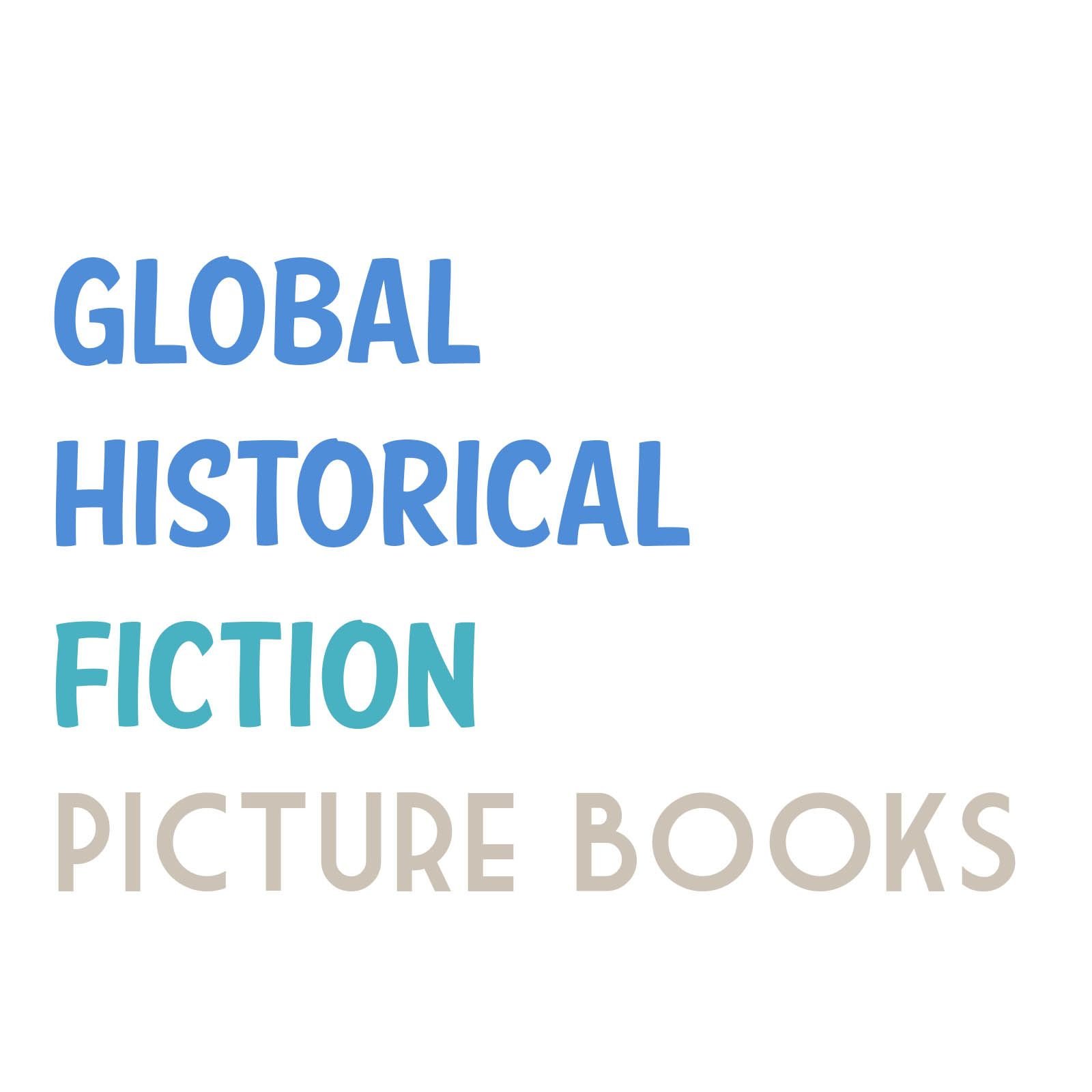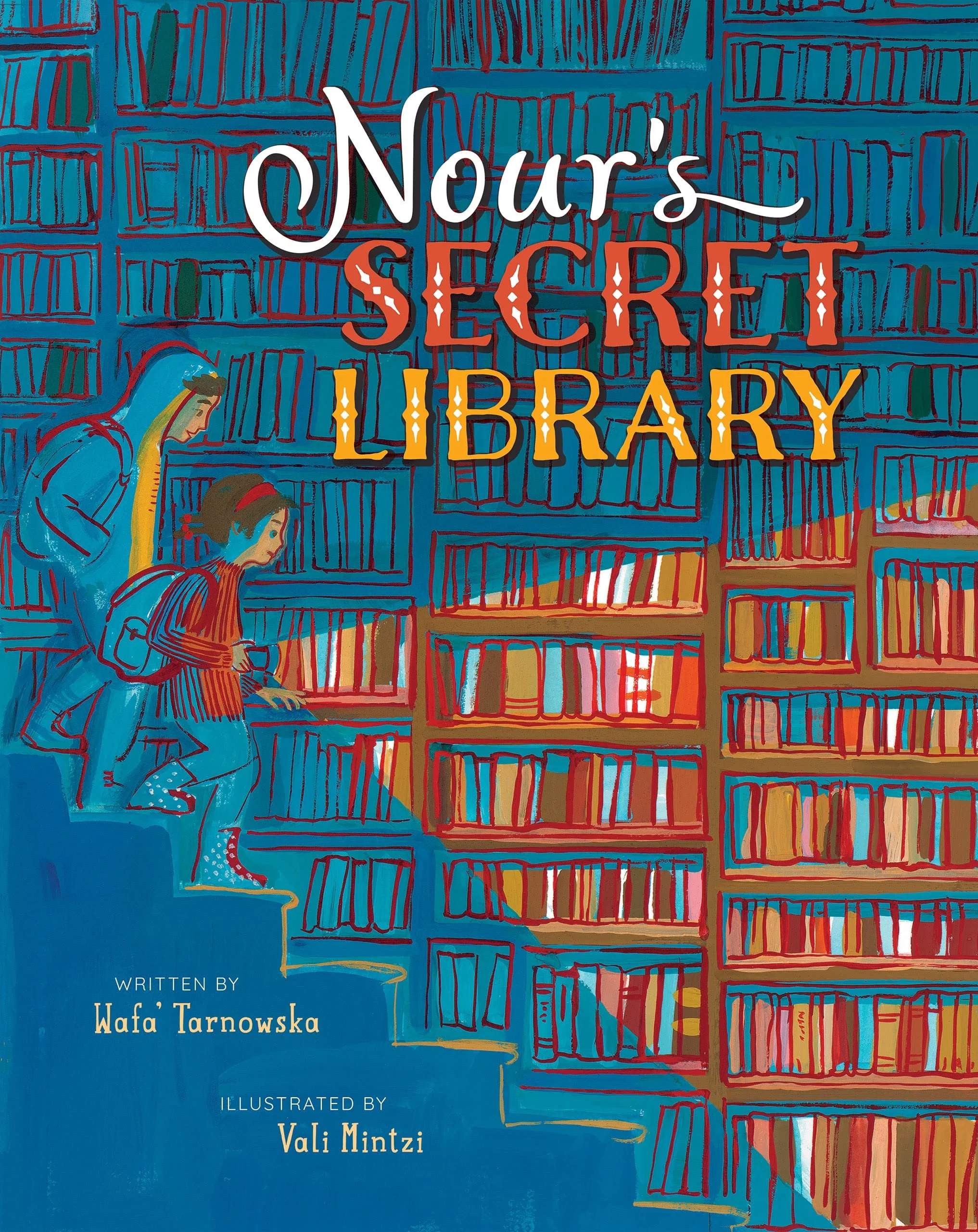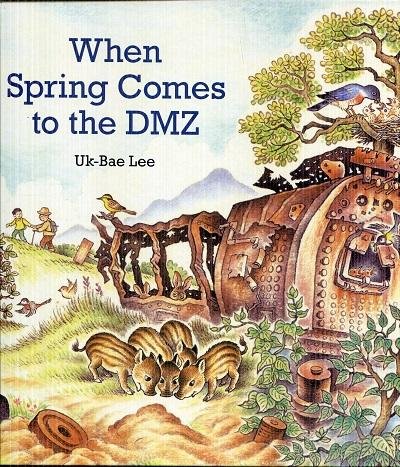Global Historical Fiction Picture Books with Jen Kraar
We are so excited to have Jen Kraar join us today to share information about Global Historical Fiction Picture Books!
Jen Kraar grew up chasing lizards in India, making up stories about imaginary neighbors who lived in the spirit house in front of her house in Thailand, and rode retired racehorses in Singapore. For many years, Jen enjoyed being a school librarian in Pittsburgh. Now you will find Jen selecting, shelving, and talking about books to customers at the City of Asylum Bookstore or at home writing picture books and middle-grade novels. She shares her love of literature with her husband and two daughters. She recently completed her MFA in Children’s and Young Adult Writing from the Vermont College of Fine Arts.
War. Loss. Conflict. Flight. Slavery.
It is hard to believe that these words, words that are often at the heart of global history, have a place in picture books for children. History is confusing and upsetting. A good book can help a child acknowledge the traumatic events that have happened in our world. How do authors create books about war that are not only accessible to children but also hopeful?
Seeing historical events through the eyes of a child allows young readers to understand and empathize with a difficult subject. The best of these global stories come alive because the authors have a personal connection to the historical event. The detailed end notes in these books provide a historical richness to the fictional story. The stories on this list are best for the older picture book audience.
They all contain themes of:
Strength. Community. Perseverance. Love, Hope
The Cats in Krasinski Square by Karen Hesse, illustrated by Wendy Watson.
A young girl’s friendship with stray cats is the inspiration for this book. During World War II in Warsaw, Poland, Jews were forced to live in the Ghetto. When it is discovered that the Gestapo and their snarling dogs are going to catch young Resistance smuggling food to them, a girl rounds up stray cats and takes them to the train station. When the cats are released, the Gestapo’s dogs are distracted. The bread, groats, and sugar are delivered through the wall to the hungry Jews. Spare lyrical words bring power to this story.
Flowers for Sarajevo by John McCutcheon, illustrated by Kristy Caldwell.
This story tells how the violence of the Bosnian war affected a young boy’s life. While young Draco is running his father’s flower stand, a nearby bakery is bombed. Twenty-two people are killed. For the next twenty-two days, a cellist returns to this site and plays a beautiful, heartbreaking song. When people return to the market square Draco gives away flowers in an attempt to make Sarajevo beautiful once again. As a musician, John McCutcheon has a strong emotional connection to this tragic event. The CD of the song he wrote and performed in collaboration with Vedran Smailovic, the cellist, is included in this book.
Last Flight by Kristen Mai Gaing, illustrated by Dow Phumiruk.
The author was eight years old when she escaped from Vietnam. She was on the last plane to leave Saigon before the city fell to the North Vietnamese Army in 1975. Her book deftly conveys the voice of a child who is leaving home and experiences anxiety. It is easy to empathize with this young character as she does kind acts for her sister and uses imagination to cope with her difficult situation.
Nour’s Secret Library by Wara Tarnowska, illustrated by Vali Mintzi
What began as a playful secret club for Nour, is changed forever when Syria is plagued with bombings. Nour, her cousin, and their friends gathered abandoned books and created a secret underground library. For many in Damascus, this library became “a safe port in a sea of war.”
Our Story Starts in Africa by Patrice Lawrence, illustrated by Jeanettta Gonzales.
When Paloma visits Trinidad, her cousins don’t want to play with her. They say, “You don’t talk like us. How can you be family?” Her Aunt Janet tells how all of them share a history in Africa. She goes on to describe combs, traditional means of communication, the Library of Alexandra and then slavery. A sensitively told and vibrantly illustrated story of Black history from its very ancient origins to its dynamic future.
When Spring Comes to the DMZ by Uk-Bae Lee
The DMZ between North and South Korea conjures up images of barbed wire fences, warning signs and locked gates. A grandfather introduces readers to a different perspective of the Demarcation Line that was established after the war; a peaceful world full of spotted seals, salmon, mountain goat and flora. An accidental nature preserve has evolved. Opening the flap of the final pages unlocks the gates to a hopeful view of the future.








